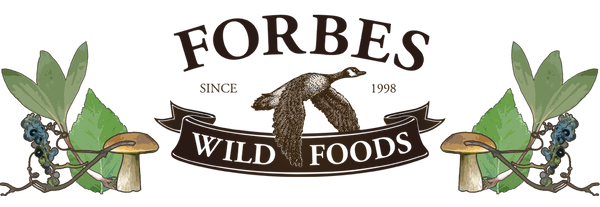Tapping the foods of spring trees.
•Posted on 三月 29 2021


Spring Tree Foods
There is a whole world of foods to be found in our forests. In the spring trees provide edible sap, leaves, buds, needles, flowers, nuts, inner bark and roots. North American indigenous cultures were masters at utilizing these foods. They produced hundreds of tons of maple sugar, brewed tasty teas and crafted traditional medicine. Our forests are home for a range of other spring foods, including many varieties of wild mushrooms, berries and vegetables.


In early spring, activity begins in the sugar bush. With temperatures just below freezing at night and just above freezing in the daytime, sugar maples start pumping up the sweet sap that will become our maple syrup. Maple syrup has been a staple food for people in North America for thousands of years.


The next trees suitable for tapping are white, paper, yellow and black birches. Birch sap usually starts to flow when the maple sap run finishes. Birch sap is light and delicate in flavour, and enjoyed as is by Northern cultures in Europe and North America. When boiled down, the sap yields an extraordinarily delicious, distinctive and rich flavoured syrup. Slightly less sweet and more tangy than maple syrup, it is versatile in savoury and sweet dishes.


Another springtime treat is tea brewed from the needles of various local evergreens. As I write this I am enjoying a hot cup of Hemlock spruce tea, made fresh from the needles of Tsuga canadensis (not to be confused with the plant poison hemlock). Other popular teas are made from white cedar or balsam fir needles. Simply gather a handful and steep in hot water.

As the spring thaw melts away, the forest undergrowth becomes lush. Wild leeks, fiddle heads, wild garlic and spring morels start to appear. Up above, the trees start to bud. Bright green lemony tart spruce tips appear. Meanwhile, pheasant back mushrooms sprout on nearby decaying elm trees.

Amid the growing chaos of climate change, it is now recognized that forests need to be protected, and billions of trees need to be planted. However, planting thousands of acres of a single species does not produce a forest, it creates a fibre farm. Biodiversity is the keystone of a healthy forest.

To sustain and recreate our forests, the first step is to stop destroying natural habitats and begin protecting existing woodlots. Reforestation must take into account the needs and contributions of all the plants, animals, mushrooms and bugs that make up a thriving forest ecosystem. We can continue to sustainably interact with these ecosystems by establishing alternative food systems that incorporate permaculture and native wild plants on both public and private land.


Identifying trees can be tricky in the winter, but that can be overcome by getting outside, even in urban areas, and becoming familiar with your local trees. Another helpful step is to pick up a guidebook. Among the many tree identification books available,two that stand out are ‘Trees in Canada’ by John Laird Farrar, published by Fitzhenry & Whiteside and the Canadian Forest Service and ‘Eastern Trees’ by George A. Petrides (one of the Peterson Field Guide series). Both are well illustrated. Find more guides in our resources section of our website.




Comments
0 Comments
Leave a Comment